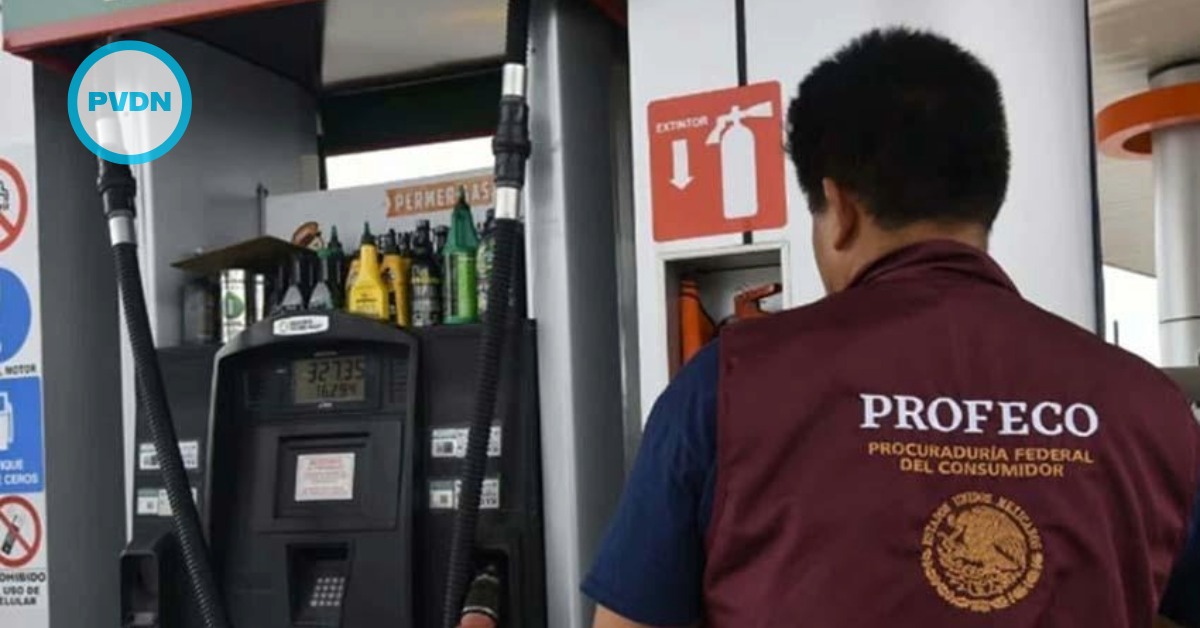Mexican airports and tourism operators are fast becoming a hotspot for investors betting they will escape the trade-related worries that have squeezed some other assets there, with lingering weakness in the peso seen providing further upside.
While the Mexican currency has gained some 17 percent against the dollar since the inauguration of Donald Trump as U.S. president in January, fund managers say the currency is still undervalued even as it moves below 19 pesos per dollar.
That means that Mexico - long a reasonably priced destination for Americans - remains cheap, potentially further boosting a strong inflow of tourists.
The . . .






